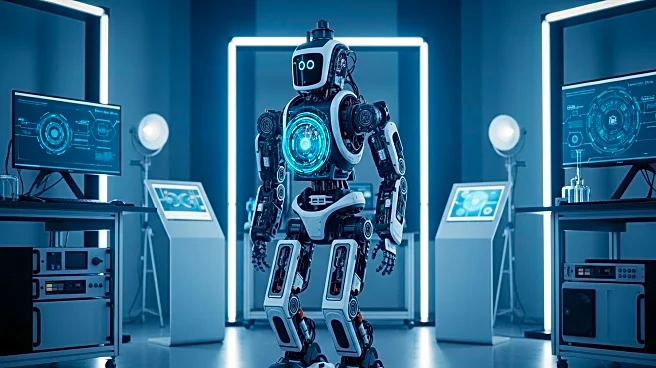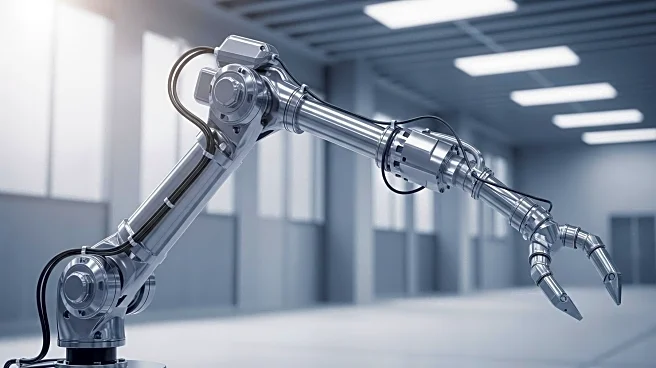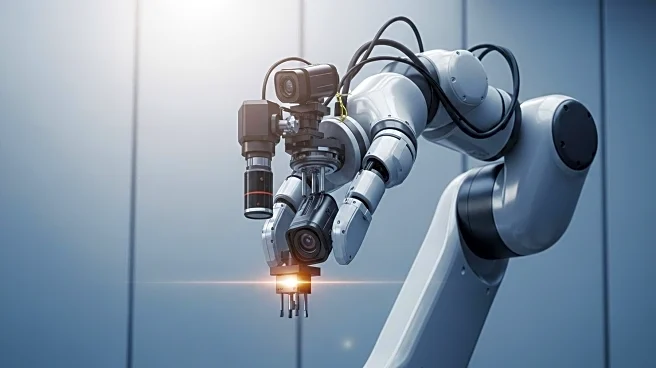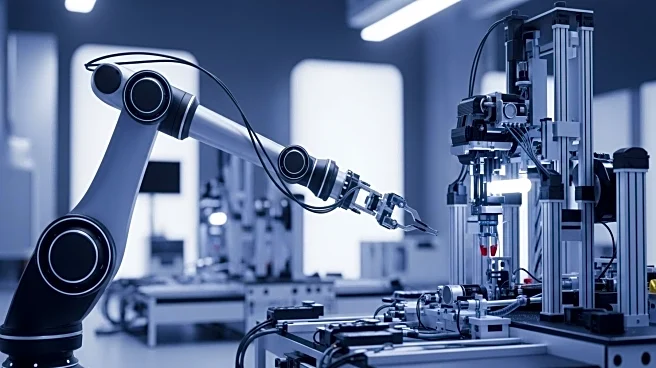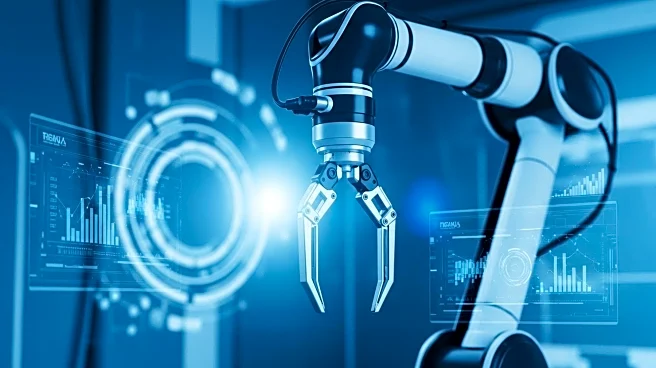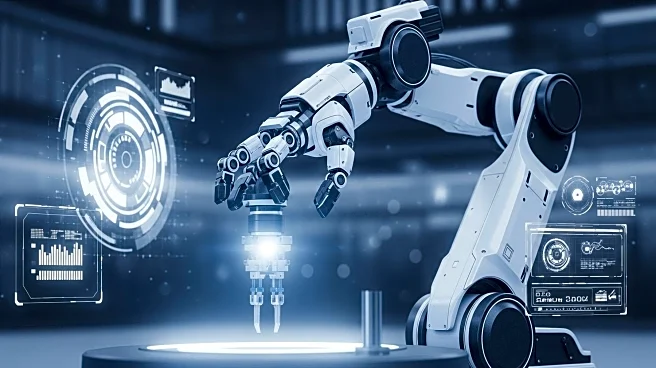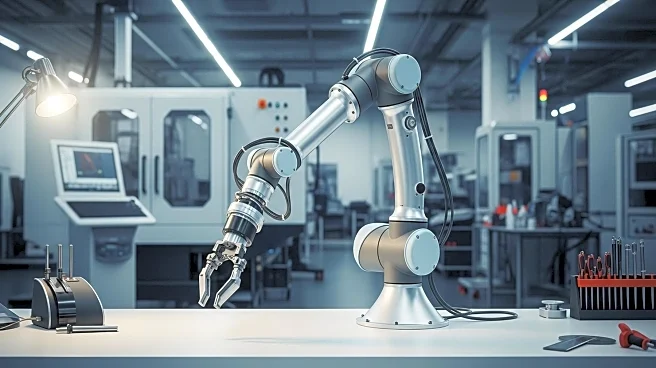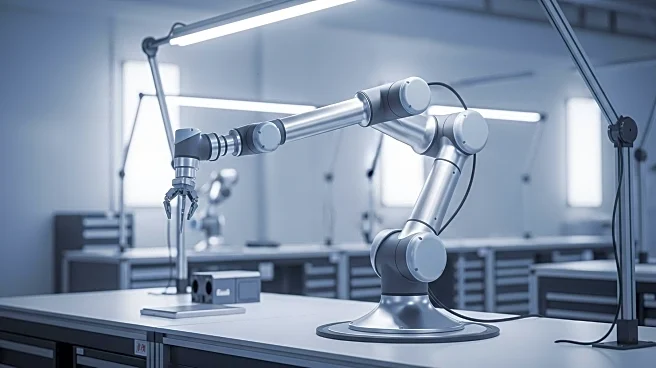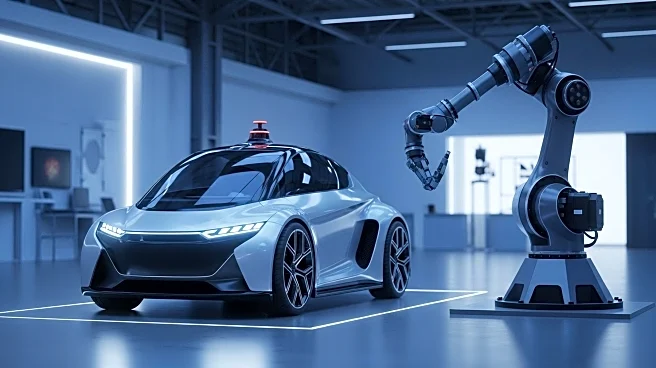What's Happening?
The integration of robotic logs and sensor data is revolutionizing the investigation of workplace injury claims. These technologies provide unbiased documentation, shifting the focus from conflicting eyewitness accounts to objective data analysis. Robotic systems record operational data such as timestamps, motion trajectories, and force feedback, offering a detailed digital history of events leading to accidents. This evidentiary shift is particularly impactful in cases involving collaborative robots and autonomous mobile robots, enabling precise reconstruction of incidents.
Why It's Important?
The use of robotic data in injury claims enhances accountability and precision in workplace safety. It allows for a more detailed evaluation of incidents, potentially reallocating liability among manufacturers, systems integrators, and employers. This data-driven approach informs the creation of stronger safety protocols and improved robot design, promoting safer human-robot collaboration. The legal and technical challenges of presenting robotic data in court necessitate collaboration between legal experts and forensic data specialists, ensuring the admissibility and clarity of evidence.
Beyond the Headlines
The shift towards data-driven injury claims highlights the evolving role of technology in workplace safety and legal proceedings. As digital evidence becomes more reliable, it may influence broader changes in liability standards and safety regulations. The collaboration between legal and technical specialists is crucial in navigating evidentiary challenges and ensuring that robotic data is effectively utilized in court. This development underscores the importance of integrating advanced technologies into safety management practices.

